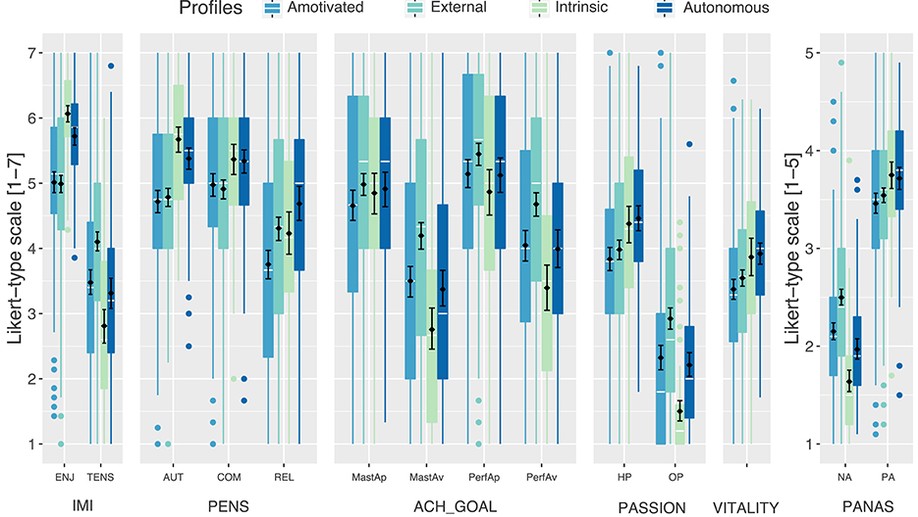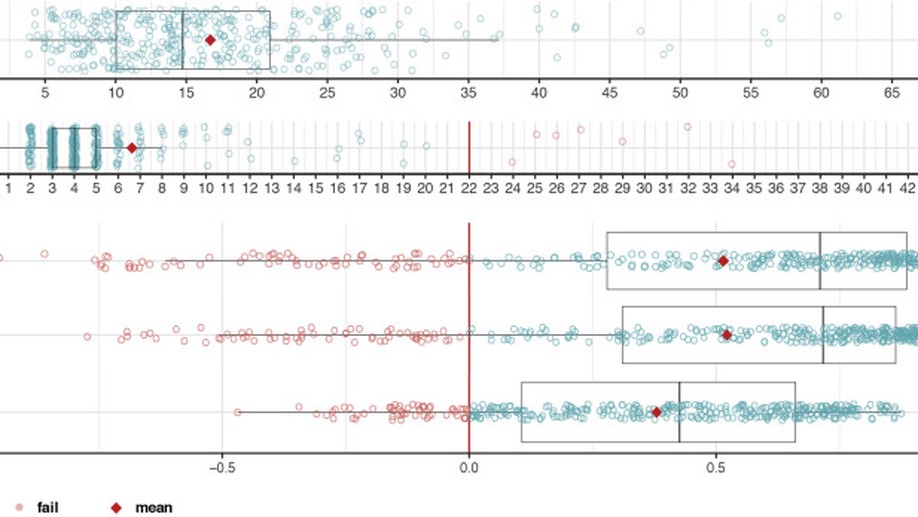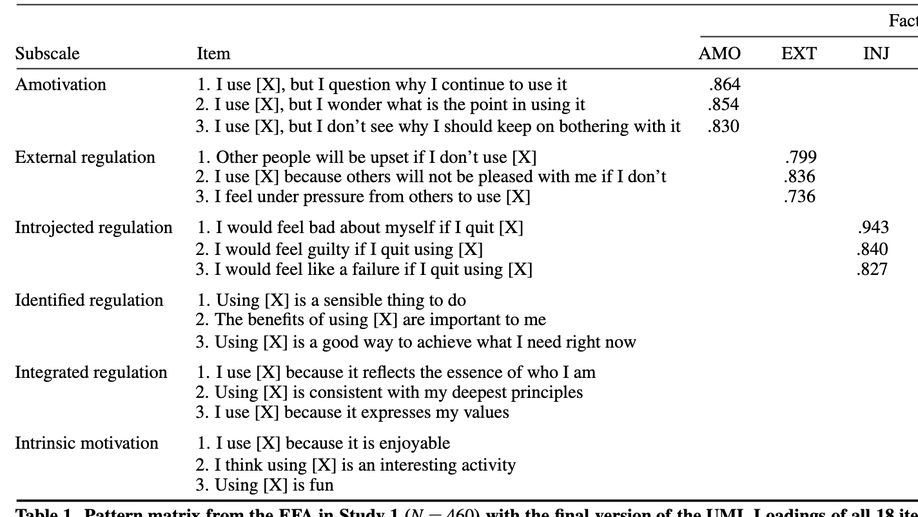Florian Brühlmann, PhD
UX researcher and data scientist. Head of the Human-Computer Interaction research group @ MMI Basel
University of Basel
Biography
Florian’s research uses self-reported and behavioral data to examine how digital technologies affect users and how users' experiences with technology can be improved. He uses a mix of innovative, rigorous statistical methodology and qualitative research to shed new light on the challenge of understanding and quantifying users' experiences. He also advocates a broader adoption of Open and Reproducible Science.
Florian is a PostDoc and the Head of the Human-Computer Interaction research group (mmi-basel.ch) at the Faculty for Psychology, University of Basel.
Interests
- Human-Computer Interaction
- User and Player Experience
- Explainable AI
- Scale Development
- Methods & Open Science
- Metascience
Education
-
PhD in Cognitive Psychology / Human-Computer Interaction, 2019
University of Basel
-
MSc in Psychology, 2015
University of Basel
-
BSc in Psychology, 2013
University of Basel
-
Multimedia electronics technician EFZ, 2007
BWZ Brugg


